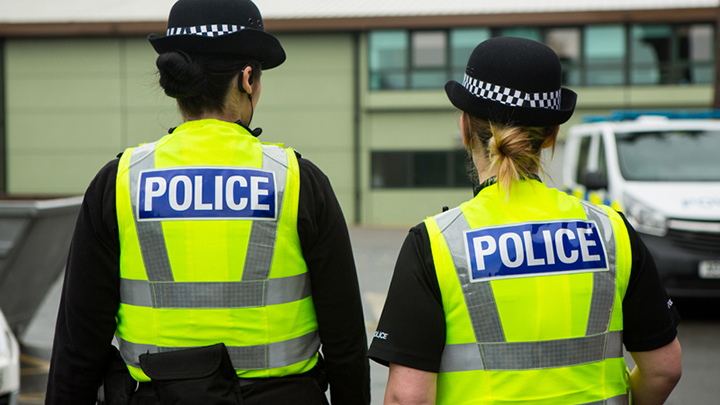Kent Police Federation backs calls for officers to be allowed to share Body Worn Video
24 August 2020

Sharing body worn video footage with the public would give officers a ‘right to reply’ says Kent Police Federation.
The PFEW has written to Chief Constables asking them to consider publicising police body-worn video footage to better protect officers and to show the full story behind police interaction clips which appear on social media.
It said it’s concerned with the growing trend of police officers being vilified after selective clips of police interactions are shared on social media and then broadcast by the media.
Kent Police Federation Chairman Neil Mennie said the move had the Federation’s full backing and that it would defend officers from one sided opinions and selective footage being posted online.
“It’s hardly reasonable that officers have no ability to respond and are vilified for being heavily edited versions of themselves trying to go about serving the public,” he said.
“However one thing I have learnt over many years of policing is not to underestimate the view of our great British public who are not silly and having spoken to a few about this issue they will demand balance and fairness.
“This is one of our important principles in today’s society and quite rightly so.
“We are already held to account and scrutinised to a level that is pretty astonishing and yet we are unable to defend ourselves against one sided opinion and selective footage,” Neil added.
“Whatever happened to the ‘right of reply’ because for us its currently missing.”
The use of BWV is embraced by officers, Neil said, as it offers them an important layer of protection against spurious claims of police violence or heavy handedness.
“When BWV was bought in and eventually issued to all of our frontline officers it was viewed at first by many colleagues including me with suspicion and concern,” he said.
“Is it a kind of big brother? Is it a method of listening and spying on us? However, what followed was a very quick reversal of this view and now using it has become second nature and very welcome.
“It can help our victims and witnesses and provide quality evidence when dealing with offenders and those who assault our officers but is also serves another important purpose.
“It provides officers with an additional layer of protection from spurious or vindictive complaints that used to occur with frustrating regularity much of which were utter nonsense but nevertheless were investigated placing officers under stress and wasting valuable police time,” Neil added.
Neil also believes releasing footage help counter some of the ‘anti-police propaganda’ being seen on social media
“A trend seems to have developed of making allegations and filming or recording police actions to allow a one-sided selective view of a situation that does not show what actually happened,” he said.
“This results in a kind of propaganda against the police for reasons that may be many and varied but heavily biased. The media will take this material and spread it far and wide having picked it up from social media.
“There is no doubt than on occasions we get things wrong there are plenty of processes for learning and dealing with this and that’s because we are human, a fact that some members of society seem to forget.
“Therefore it’s about time that after any investigation has concluded that forces should be confident and not encumbered by any bureaucracy or anxiety around legality to release the body worn footage into the public domain.”
Research led by the University of Cambridge's Institution of Criminology shows the use of BWV is associated with a 93 per cent reduction in citizen complaints against police officers.



















